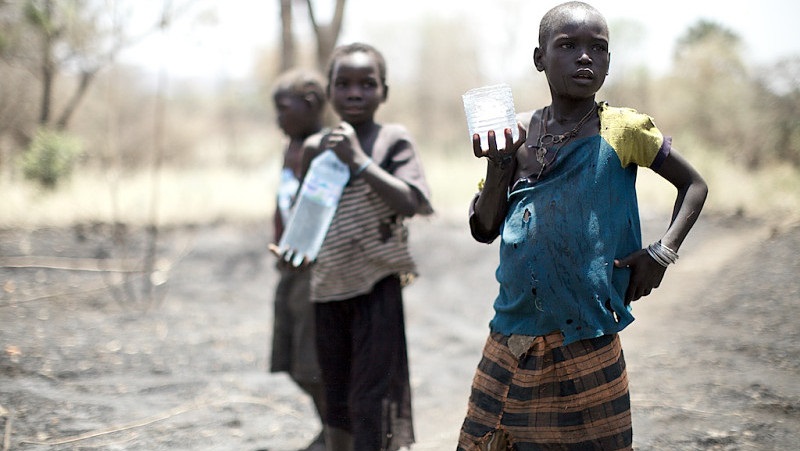The recent movements in the dollar-naira exchange rate, following the removal of the currency peg, has stimulated ongoing debate in the media that South Africa has regained its position as the largest economy in Africa. The prevailing notion is that the depreciation of the naira and simultaneous appreciation of the rand against the US dollar implies that South Africa’s GDP has surpassed that of Nigeria. However, this argument needs some re-examination, given that the value of the GDP (in current US$) is sensitive to the choice of exchange rate and GDP figures used for its computation. This piece situates the present argument in the context of recent commodity market crisis and its implications for the two largest economies in Sub-Saharan Africa
Policy Brief & Alerts

March 11, 2018
A Note On The Economic Downturn In Sub-Saharan Africa
The recent movements in the dollar-naira exchange rate, following the removal of the currency peg, has stimulated ongoing debate in the media that South Africa has regained its position as the largest economy in Africa. The prevailing notion is that the depreciation of the naira and simultaneous appreciation of the rand against the US dollar […]
Read →
Related
Africa Economic Update (Issue 7)
The International Monetary Fund (IMF) slightly revised upward growth projections for SubSaharan Africa by 0.1 percentage point in 2017 but retained growth estimates for 2018.1 Precisely, growth estimate in the region was increased from 2.6 percent in April 2017 forecast to 2.7 percent in July 2017 forecast, while it was retained at 3.5 percent for 2018. The slight upward revision in 2017 is attributable to an upgrade in South Africas growth prospect from 0.8 percent in April 2017 to 1.0 percent in July 2017. Despite the upward 2017 revision, 2018 forecast for South Africa was revised down from 1.6 percent in April 2017 to 1.2 percent in July 2017. Growth forecast for Nigeria remained unchanged at 0.8 percent and 1.9 percent for 2017 and 2018 respectively.
Increasing Female School Enrollment In Nigeria: Some Policy Options
This brief examines two policy alternatives which
government can adopt in order to increase the enrollment of girls in the
primary school and also help eliminate gender disparity in Nigerian schools:
Provide free primary education with Stipends or provide free primary education
with Transportation.
